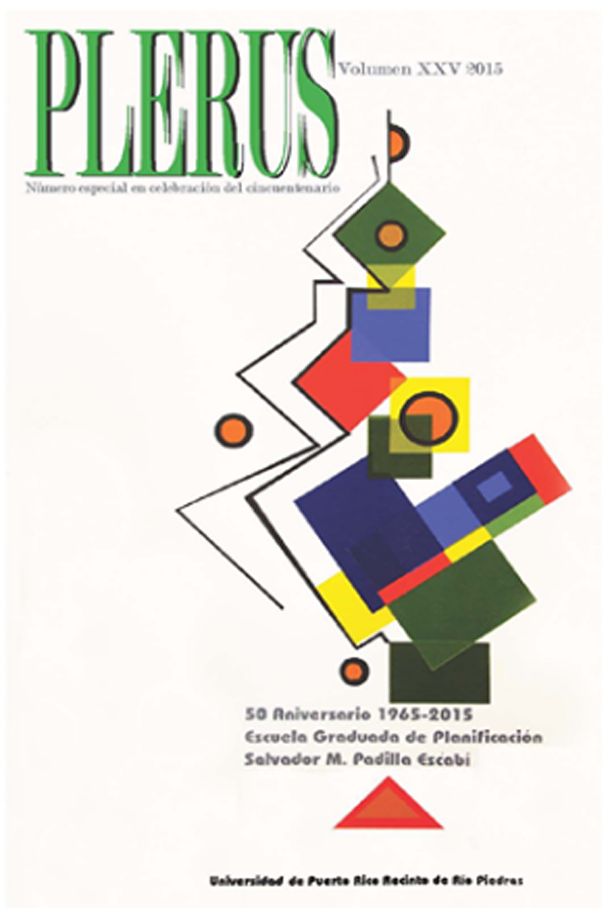Resumen
The built environment in rural settlements located in urban-rural buffer zones increasingly shows urban elements and character in response to the global impact of rapid urbanization. Due to its cultural and agricultural value, preserving natural resources and rural landscape features becomes a pressing contemporary issue. This study focuses on exploring consensus from different stakeholders concerning natural landscape preservation in the rural settlement of Waipu District surrounding the Taichung core metropolitan area. Both desakota mapping with remote sensing data and road curvature were applied to explore the relationship between desakota expansion and road network development. Based on the concepts of crowdsourcing and Google street view (Naik et al., 2014), we also designed an "i-Scoring" platform to elicit participation and collaboration of multiple stakeholders and non-stakeholders. "i-Scoring" collected perceptions of the Waipu landscape, facilitating the evaluation of its attractiveness, ecological value and vulnerability using quantitative benchmarks. The results imply that winding agricultural road networks may play a role in identifying and disrupting emerging illegal industries in Waipu. Agriculture in nature facilitates the development of ecological conservation efforts such as tours. With a total of 1210 clicks, we derived "hot spot" maps using quantitative benchmarks to show areas of high attractiveness, ecological value and vulnerability. Identified hot spot areas are both primary conservation targets and potential areas for ecological tours. This study also allowed us to introduce to stakeholders the Satoyama Initiative (Takeuchi, 2010), whose aim is to help develop socio-ecological production landscapes based on a prosperous agricultural environment.Descargas
Los datos de descargas todavía no están disponibles.

